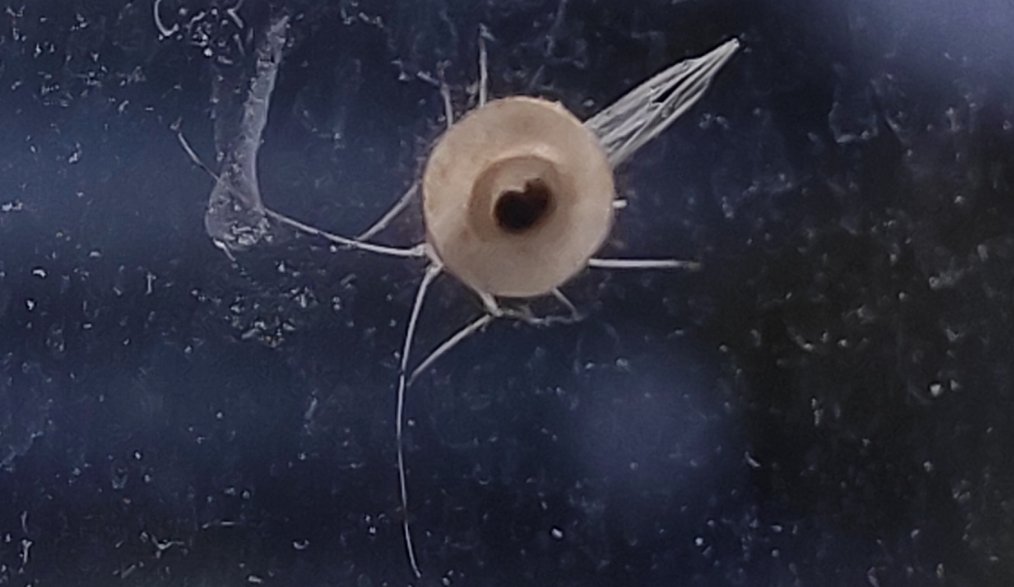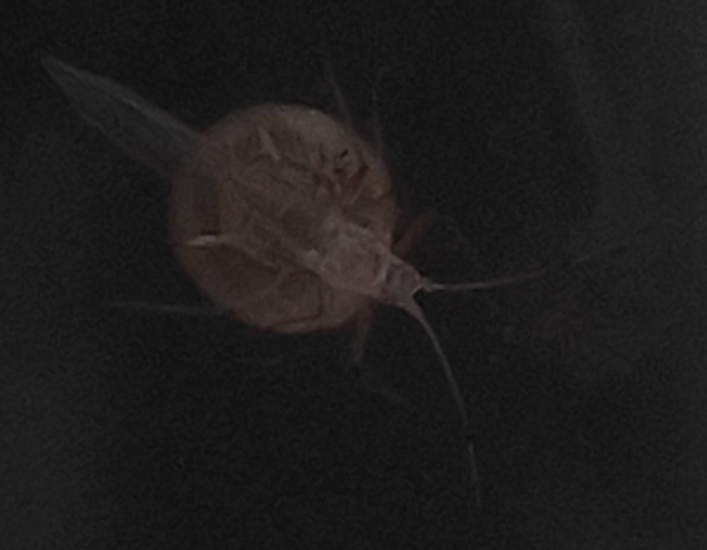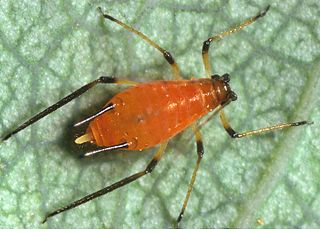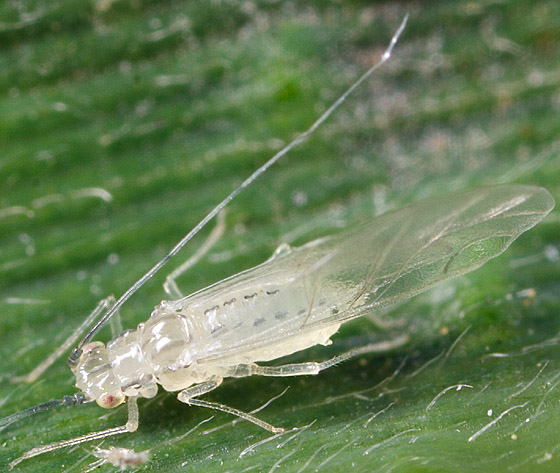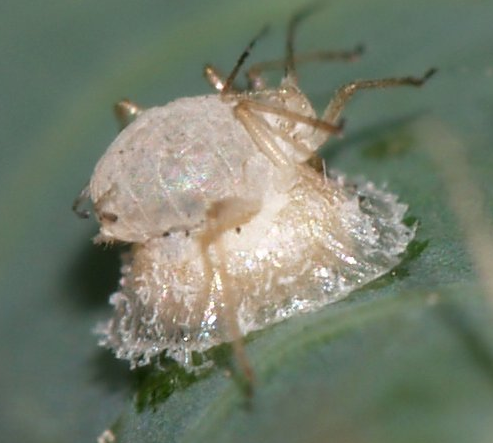Shall I talk about the mystery of the suction cup-shaped bug that appeared on my kitchen window a couple days ago?
Strange shape, right? And the insect is dead. What happened?
I was really curious, and as much as I love bugs, I can’t claim to be an expert, so I asked about
Strange shape, right? And the insect is dead. What happened?
I was really curious, and as much as I love bugs, I can’t claim to be an expert, so I asked about
it on an entomology Discord server! First off, the important thing to do was to identify the kind of insect we’re dealing with here. It’s not easy to identify it with those two pictures alone, and I don’t have a better camera available, but still we can look at certain
features and make a decent guess. First off, the insect is colorless, it has wings and a soft body - but the most telling feature, in my opinion, are the legs! They’re all thin and relatively long, but the pairs in the back and in the front in particular both describe
a sort of U-shape. Now, I’m sure many families of insects share those features, but the aphid certainly comes to mind, especially cause it can be found all around the world. Here& #39;s an example of a very different species of aphid which as you can see sports similarly shaped legs.
And here’s what happens when I google “winged colorless aphid”! It’s hard to tell but it looks like the exact same species! Well then, it’s just a boring aphid! That doesn’t answer our question - what happened to its underside? Is it somehow a new city-dwelling aphid species
that developed a suction cup-shaped body to better stick to glass pane windows? God I wish. But the truth is cool too, I swear: see, we often think of aphids as little pests because of how destructive they can be to cultivated plants by sucking sap and by carrying plant viruses.
Well, there is retribution for all the destruction they cause, because those little guys have to deal with their own pests. Aphids are the victims of tons of predators, including the parasitic kind… if you hate wasps because they sting, well let me say that’s probably the
least offensive thing they do. Many species of wasps are parasitic, meaning they’ll lay their egg(s) inside of another arthropod! Absolutely lovely. Well it seems like our aphid friend here was the victim of a particular genus of parasitoid wasps known as “Praon”
where the newly hatched larva feeds on the aphid’s insides (while it is still alive, of course!) until it is ready to pupate. To pupate, it leaves the body from the underside while creating a volcano-shaped cocoon! Which is what we’re seeing here.
So the black spot you can see inside? Well, it’s hard to say which, but it’s either the pupa (dead) or simply the pupal skin left behind, and the wasp is free. Free to plant its egg in another unsuspecting aphid…
Anyway this was the tragic tale of the little aphid that found itself on my kitchen window. May it rest in peace.

 Read on Twitter
Read on Twitter